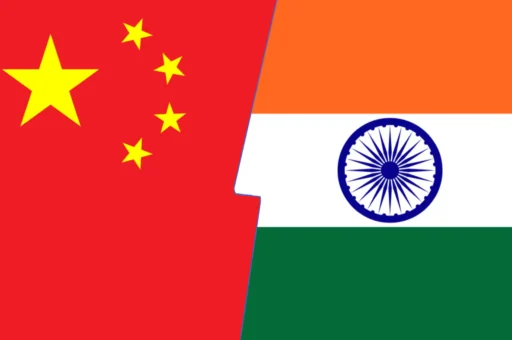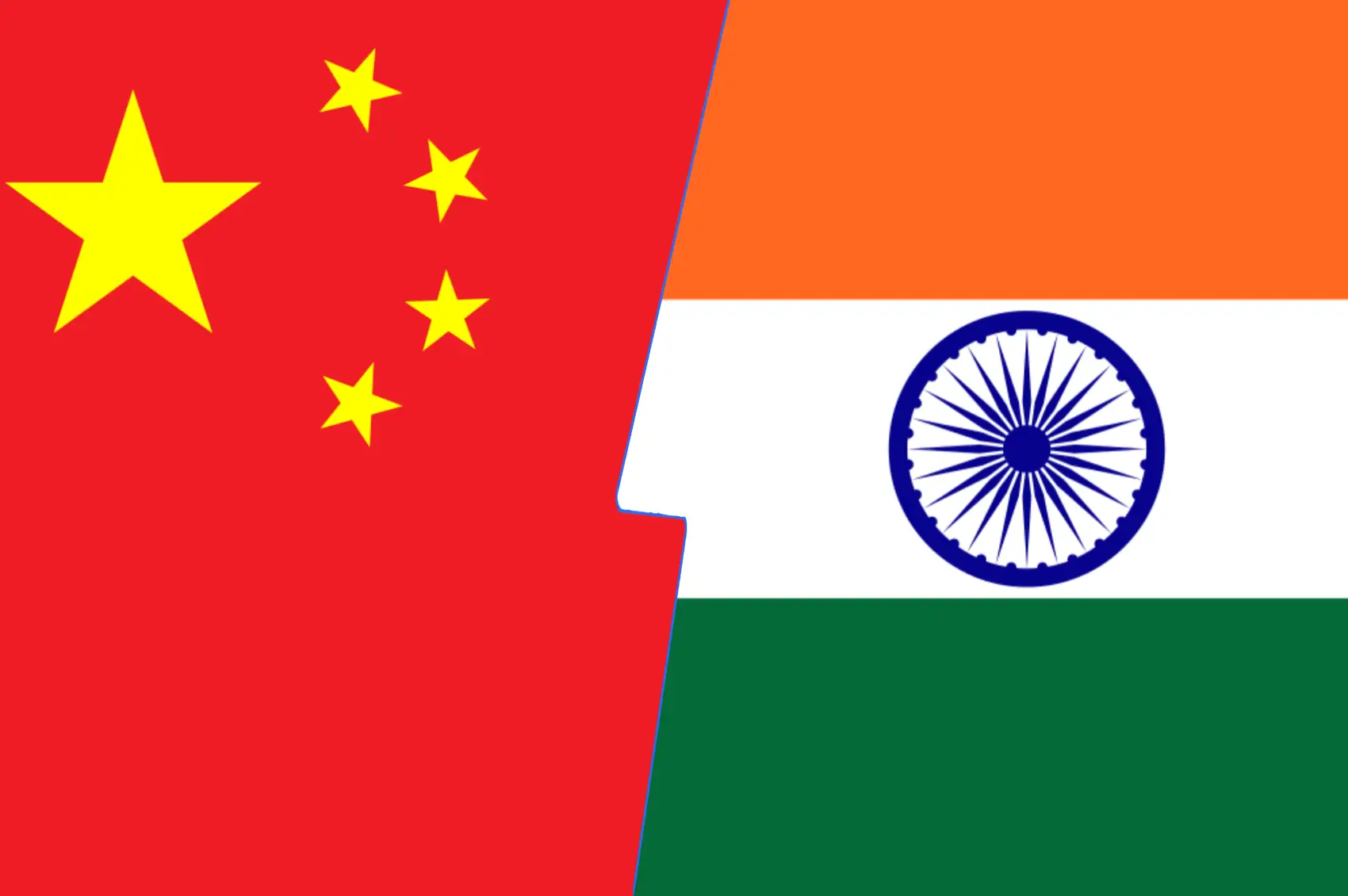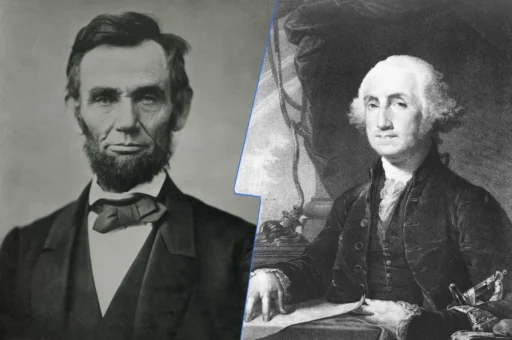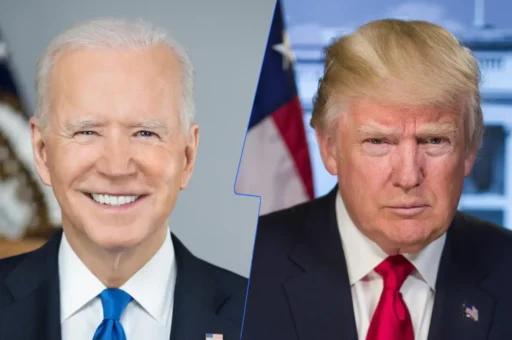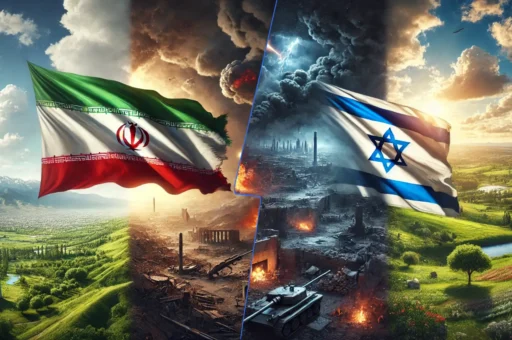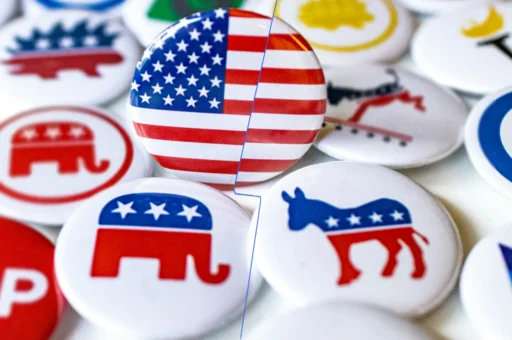Introduction: A New Era of Global Competition
In the 21st century, India and China have emerged as two of the most influential nations in the world, challenging traditional Western dominance in economics, military power, and technological innovation. With China’s rapid industrialization and India’s booming digital economy, these two nations are competing for dominance across multiple sectors.
Their rivalry is not just about national pride—it has global consequences. As both countries expand their military presence, economic influence, and technological leadership, the world watches closely to see who will take the lead as the dominant Asian superpower.
This article provides a comprehensive comparison of India and China, analyzing key aspects such as economic growth, military strength, technology, diplomacy, and environmental sustainability to understand their trajectories as global superpowers.
Economic Power & Growth
GDP and Growth Rates
- China’s GDP (2023): $17.9 trillion (2nd largest globally)
- India’s GDP (2023): $3.7 trillion (5th largest globally)
- Growth Rate (2023):
- China: 4.6%
- India: 6.4% (fastest-growing major economy)
China remains the world’s second-largest economy, but India’s growth rate surpasses China’s in recent years, fueled by its young workforce and expanding industries.
Key Industries & Exports
- China: Manufacturing powerhouse—exports include electronics, machinery, and steel.
- India: Services-driven economy—exports include IT services, pharmaceuticals, and textiles.
Trade and Global Influence
- China: The world’s largest exporter, with major trade partners including the U.S., EU, and ASEAN nations.
- India: A rising export hub, with strong trade ties to the U.S., Middle East, and EU.
China dominates global supply chains, but India is positioning itself as a manufacturing alternative, especially with companies like Apple shifting production to India.
Military Strength & Defense Capabilities
Size of Armed Forces
- China: 2 million active personnel (largest standing army)
- India: 1.45 million active personnel (2nd largest army)
Defense Budgets (2023)
- China: $224 billion
- India: $73 billion
China’s defense budget is three times larger than India’s, allowing for greater investments in hypersonic weapons, artificial intelligence, and naval expansion.
Nuclear Capabilities & Strategic Positioning
- China: Estimated 410 nuclear warheads and a growing blue-water navy.
- India: Estimated 160 nuclear warheads and a strong missile defense system.
Military Conflicts & Border Disputes
The India-China border dispute has led to:
- Doklam Standoff (2017): A tense military standoff over Bhutanese territory.
- Galwan Valley Clash (2020): The deadliest India-China conflict in 45 years, resulting in casualties on both sides.
While both nations seek regional dominance, China’s military expansion in the South China Sea and India’s growing ties with the U.S. add further complexities to their rivalry.
Technological Advancements & Innovation
Tech Industry & AI Development
- China: Home to global tech giants like Huawei, Alibaba, Tencent, and a leader in 5G technology and AI research.
- India: Dominates IT services, with Infosys, Tata Consultancy, and Wipro leading global software solutions.
Space Exploration
- China: Tiangong Space Station, Chang’e lunar missions, and Mars exploration.
- India: Chandrayaan-3 moon mission, Mangalyaan Mars orbiter, and growing ambitions for a human spaceflight program.
China leads in hardware and AI, while India’s strength lies in software and IT services, positioning itself as the “back office of the world.”
Diplomatic Influence & Global Alliances
Global Organizations
Both nations are influential in organizations like:
- BRICS (Brazil, Russia, India, China, South Africa)
- G20
- United Nations (UN)
Relations with Global Powers
- China: Strengthens ties with Russia, Iran, and African nations but faces tensions with the U.S. and EU over trade and Taiwan.
- India: Strong U.S. and European partnerships while maintaining strategic autonomy with Russia and the Global South.
Soft Power & Cultural Influence
- China: Expands influence through Confucius Institutes, Chinese media, and investments in Hollywood.
- India: Leverages Bollywood, yoga, and diaspora influence in Western countries.
While China uses economic leverage, India relies on democratic appeal and cultural diplomacy to strengthen its international standing.
Population & Human Development
| Metric | China | India |
|---|---|---|
| Population (2023) | 1.42 billion | 1.43 billion (largest in the world) |
| Median Age | 38 years | 28 years |
| Literacy Rate | 97% | 77% |
| Urbanization | 64% | 35% |
India’s young population gives it a demographic advantage, while China faces an aging crisis that could impact future economic growth.
Environmental & Sustainability Challenges
Pollution & Climate Change
- China: World’s largest carbon emitter, investing heavily in renewable energy.
- India: Struggles with air pollution but is expanding solar and wind energy projects.
Water & Resource Management
- China: Controls major water sources in Tibet, affecting India’s water supply.
- India: Faces challenges with water scarcity and river pollution.
Both nations are crucial to global climate goals but face significant environmental hurdles.
Future Outlook: Who Will Lead?
Strengths & Weaknesses
| Aspect | China | India |
|---|---|---|
| Economic Power | Leading manufacturing hub | Fastest-growing service economy |
| Military Strength | Largest standing army, nuclear power | Strong defense partnerships, growing navy |
| Technology | AI and space dominance | Software and IT expertise |
| Demographics | Aging population | Young, growing workforce |
| Global Influence | Economic power, Belt & Road Initiative | Diplomatic ties with Western nations |
Challenges Ahead
- China: Economic slowdown, Western sanctions, internal political control.
- India: Infrastructure gaps, income inequality, bureaucratic inefficiencies.
Which country will lead? It depends on how they navigate geopolitical challenges, economic shifts, and technological advancements in the coming decades.
Conclusion: A Rivalry That Shapes the World
India and China’s competition is reshaping global politics, trade, and security. While China currently holds an edge in economic and military strength, India’s demographic advantage and rapid growth make it a strong contender for future superpower status.
Their rivalry will continue to shape Asia’s future and the global balance of power for decades to come.
Join the Discussion
Who do you think will emerge as the dominant superpower—India or China? Share your thoughts in the comments below!
Inbound Link Suggestions
- Russia vs. NATO: A Struggle for Influence in Europe
- Iran vs. Israel: Analyzing War Tensions and Global Implications
- Bitcoin vs. Ethereum: Comparing Leading Cryptocurrencies
